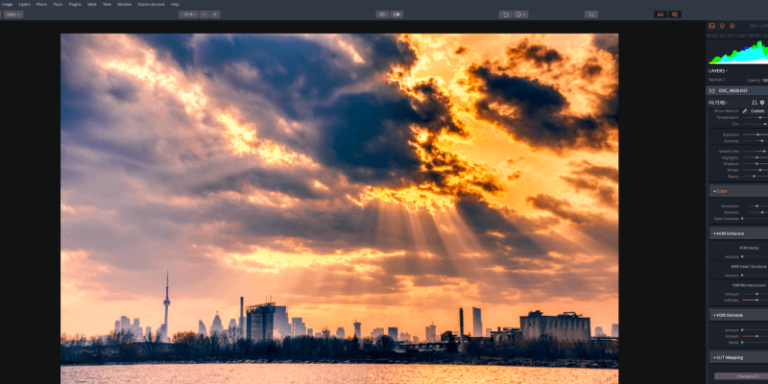
The vast majority of displays advertising HDR support these days, we would say in excess of 90%, are awful HDR products that you absolutely should not buy for their HDR capabilities. Our advice is simple: based on what is currently available, you should assume that an HDR monitor is fake, trash tier HDR unless proven otherwise. How can you tell if a monitor is fake HDR or not? This only serves to benefit display makers who can market their products as "HDR certified," with the backing of a third party, but not consumers who want to find the best HDR products. One of these standards is DisplayHDR, which is so poorly designed that monitors we would class as "fake HDR" can easily be certified in the lowest, DisplayHDR 400 tier. This has been exacerbated by standards bodies that are doing a bad job of highlighting to consumers which monitors actually support good quality HDR. Monitor manufacturers are so lazy and deceptive that sometimes HDR support only extends as far as supporting HDR10 signal inputs and an adjustment to gamma, without any of the extended brightness, contrast, or color gamut that is required to show that signal properly. True HDR monitors will target all four areas and deliver a significant improvement over SDR displays.īut often we see fake HDR monitors, which try and fool buyers into thinking they're getting an HDR experience, when only a few (or sometimes none) of the key areas are accounted for. And it needs to follow HDR encoding systems, like the use of the PQ gamma curve and minimum 10-bit processing.

It needs to support a wide color gamut, allowing for a greater range of colors to be displayed. This is crucial, as it gives HDR imagery most of its richness and pop. It needs to support very high contrast, so that high brightness elements can be displayed alongside deep, rich shadow detail on screen simultaneously. This means it needs to support a high level of brightness: HDR images are brighter than SDR, often reaching over 1000 nits.
#Simply hdr review how to#
We think it's really important to arm you all with the knowledge on how to identify a fake HDR product and why these products are bad and not worth spending money on.įor HDR to provide a genuine image quality improvement over SDR, the hardware needs to be capable of displaying the majority of the HDR signal's huge range – it's a high dynamic range image after all. One of the most annoying aspects to the HDR ecosystem, especially for monitors, is the amount of products that claim to be "HDR capable" yet don't have the hardware to support HDR properly.

It's always worth going back and checking out the dedicated monitor reviews for more in-depth information on each product.īut before we go into recommendations, let's kick this off with a warning about the multitude of HDR monitors that you should avoid. Until now, it hasn't made sense to write a guide about the best HDR monitors for gaming as there have been only one or two HDR monitors worth considering at best, but it feels like we're finally starting to see some momentum in the HDR market this year with some good contenders.Īs with all previous buying guides, we tend to only discuss and recommend monitors we've personally tested and know to be good, or monitors that are very similar to products we have tested.


 0 kommentar(er)
0 kommentar(er)
